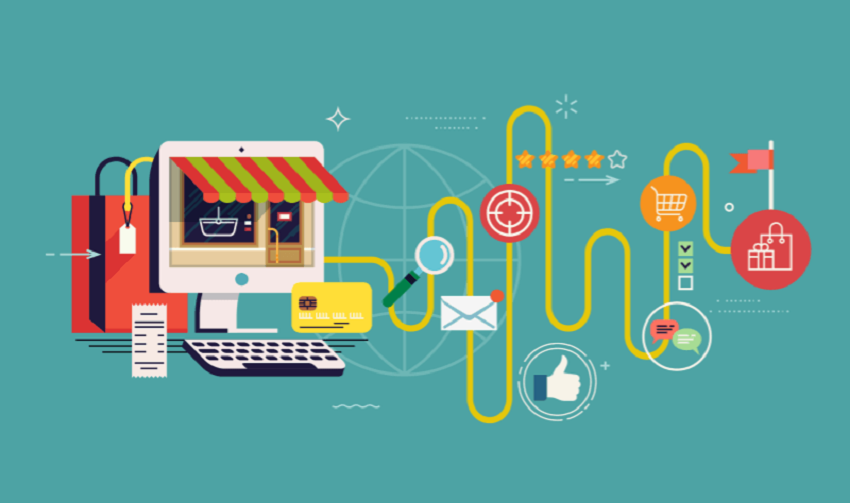
Imagine this scenario: you’re in the market for a new smartphone, and you find yourself overwhelmed by the countless options available. Where do you start? How do you make an informed decision? This is where understanding the buying process becomes crucial. In this article, we will explore what the buying process entails, providing you with valuable insights to help you navigate your next purchase effectively.
Understanding the Buying Process
Before delving into the intricacies of the buying process, let’s begin by defining what it actually means. The buying process refers to the series of steps that consumers go through when purchasing a product or service. It involves various stages, starting from the recognition of a need or want, followed by information gathering, evaluation of alternatives, and finally, the actual purchase decision. By understanding this process, consumers can make more informed choices and ensure satisfaction with their purchases. Explore the best books on buying a business.
Step 1: Recognizing a Need or Want
The buying process typically begins with the recognition of a need or want. This could be triggered by various factors such as a desire for a new product, a need for a replacement, or even external influences like advertising. For example, if your current smartphone is outdated and no longer meets your requirements, you may recognize the need for an upgrade.
Step 2: Information Gathering
Once the need is recognized, consumers enter the information gathering stage. This involves conducting research to gather relevant data about the product or service they are interested in. The internet has become an invaluable resource in this stage, with consumers relying on search engines, review websites, and social media to gather information. They may also seek advice from friends, family, or experts in the field.
Step 3: Evaluation of Alternatives
With a wealth of information at their fingertips, consumers move on to the evaluation of alternatives. This stage involves comparing different brands, models, and options to determine which one best meets their needs and preferences. Factors such as price, features, quality, and reputation are taken into consideration during this evaluation process. For example, if you’re looking to purchase a new laptop, you may compare different brands based on their specifications, customer reviews, and prices.
Step 4: Purchase Decision
After careful evaluation, consumers reach the purchase decision stage. At this point, they have gathered all the necessary information, weighed the pros and cons, and are ready to make a choice. The decision may be influenced by factors such as price, availability, warranty, and personal preferences. Once the decision is made, the consumer moves forward with the actual purchase.
Step 5: Post-Purchase Evaluation
The buying process doesn’t end with the purchase. In fact, the post-purchase evaluation stage is equally important. Consumers assess their satisfaction with the product or service and determine whether it meets their expectations. This evaluation can influence future buying decisions and even lead to recommendations or referrals. If the product exceeds expectations, it may result in customer loyalty and repeat purchases. On the other hand, if the product falls short, it may lead to dissatisfaction and negative feedback.
Conclusion
Understanding the buying process is essential for consumers who want to make informed purchasing decisions. By recognizing their needs, gathering information, evaluating alternatives, making a purchase decision, and evaluating their satisfaction post-purchase, consumers can navigate the complex world of buying with confidence. Remember, each step plays a vital role in ensuring a successful and satisfying buying experience.
